Should Anime Be More Inclusive? Representation in 2025
Why Representation in Anime Matters
Anime has captured the hearts of millions worldwide—transcending culture, language, and age. But as its global influence continues to grow in 2025, a question becomes increasingly relevant:
Should anime be more inclusive?
With more diverse audiences than ever, fans are starting to ask for broader representation—whether it’s characters of different ethnicities, LGBTQ+ identities, or neurodivergent traits. So where does the anime industry currently stand? And what steps could it take to be more inclusive without losing its cultural identity?
Let’s dive into the current landscape of diversity and representation in anime.
📈 The Growing Global Demand for Inclusivity
Anime is no longer just for Japanese audiences. In 2025:
- Over 60% of anime viewership is international
- Major platforms like Netflix, Crunchyroll, and Disney+ are producing global anime collaborations
- Fans from every walk of life are looking to see themselves reflected on screen
The result? A louder call for characters and stories that represent different races, sexual orientations, gender identities, and abilities.
What Does “Inclusive Anime” Mean?
Inclusivity can take many forms:
- Racial Diversity: Characters who aren’t just pale-skinned or stereotypically “anime” looking.
- LGBTQ+ Representation: Stories that explore identity, love, and gender without turning it into a fetish or joke.
- Neurodiversity & Disabilities: Realistic depictions of mental health, autism, or physical disabilities.
- Cultural Diversity: Settings and storylines outside of traditional Japanese norms.
The goal isn’t to change what anime is—but to expand its narrative horizons.
🔍 Examples of Progress in 2025
Here are some standout titles and trends showing progress:
1. Carole & Tuesday
This anime featured a Black female lead, a multicultural setting, and even a transgender character—rare for a Japanese production.
2. Yuri!!! on Ice
It offered positive LGBTQ+ representation in a genre where same-sex relationships are often ambiguous or played for laughs.
3. Great Pretender
An international cast, diverse character backstories, and global settings gave fans a refreshing, boundary-breaking series.
4. Netflix Originals (e.g., Yasuke, Blue Eye Samurai)
These anime-inspired shows are blending Japanese art with Western-style representation, often including diverse leads and themes.
❌ Where Anime Still Falls Short
While there’s progress, issues remain:
- Tokenism: A single Black or queer character doesn’t make a show “inclusive.”
- Stereotypes: Some characters reinforce harmful clichés (e.g., flamboyant gay villains, hypersexualized women).
- Erasure: LGBTQ+ relationships are often implied rather than clearly shown.
- Whitewashing in Adaptations: Western remakes sometimes replace Japanese or POC characters with white actors.
Anime still has a long way to go to consistently portray diversity with authenticity and depth.
🧠 But Isn’t Anime “Japanese Culture”?
Absolutely. And respecting that is crucial. However, inclusivity doesn’t mean erasing Japanese identity—it means acknowledging anime’s global audience while staying true to the art form.
In fact, Japan itself is becoming more multicultural and accepting of diversity. Anime, as a reflection of society, naturally evolves with those shifts.
👥 Fan Voices: What the Community Says
- “I’d love to see more Black and brown characters who aren’t stereotypes.”
- “Queer stories in anime saved my life. But I want less baiting, more real love.”
- “I’m autistic and seeing characters like me—even unintentionally—makes me feel seen.”
Representation isn’t about politics. It’s about connection, empathy, and storytelling power.
📣 Final Verdict: Should Anime Be More Inclusive?
Yes—but authentically, not artificially.
Inclusivity shouldn’t be forced, but when done with care and intention, it can:
- Create richer, more complex stories
- Welcome new fans into the medium
- Reflect the global reality of anime’s reach in 2025
Great storytelling is universal. And the more perspectives it includes, the more powerful it becomes.
💬 What Do You Think?
Should anime include more diverse voices and characters, or should it remain focused on traditional storytelling? Share your thoughts in the comments. Let’s open up the conversation—respectfully and passionately.
Image credit MAPPA

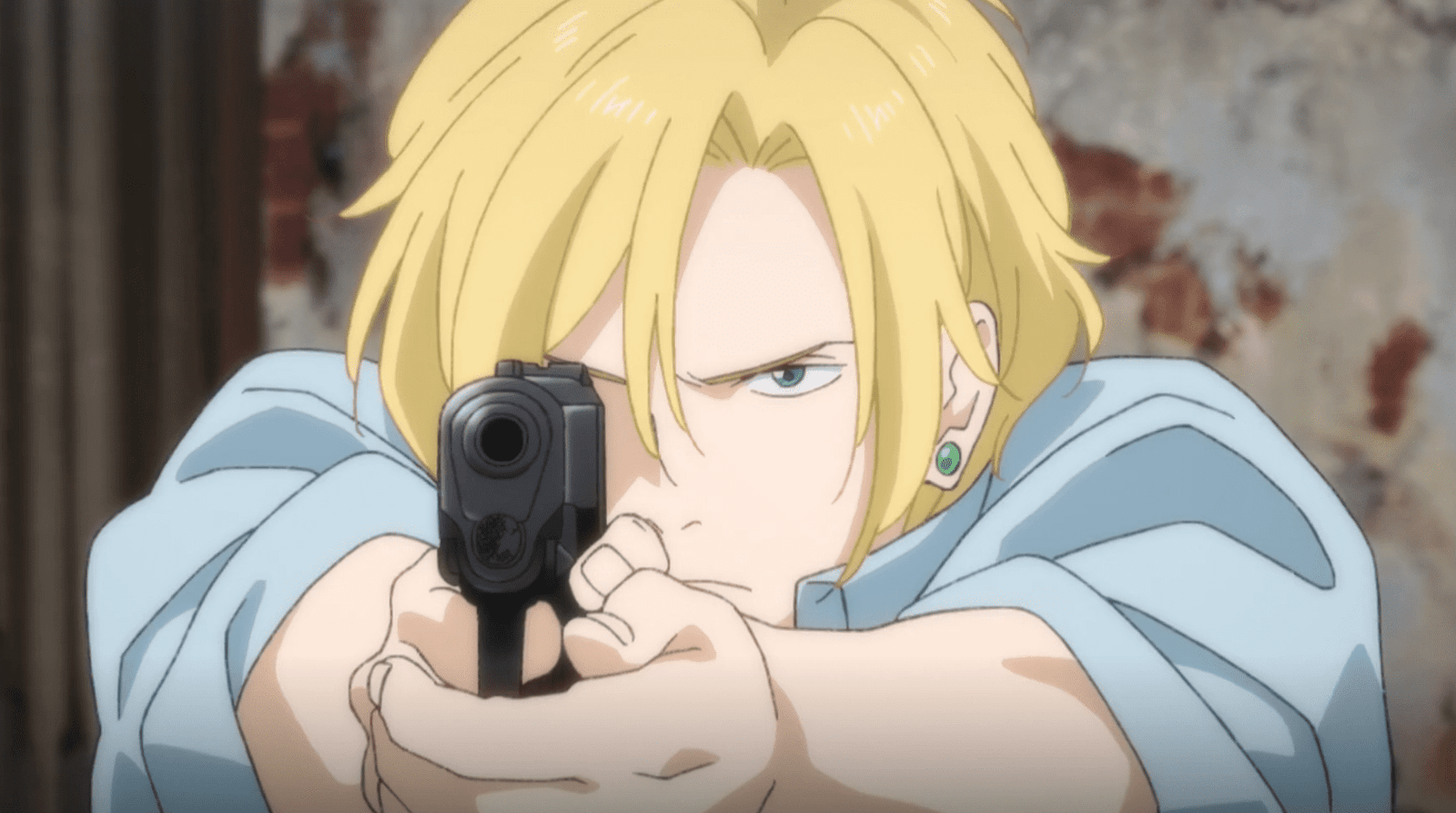
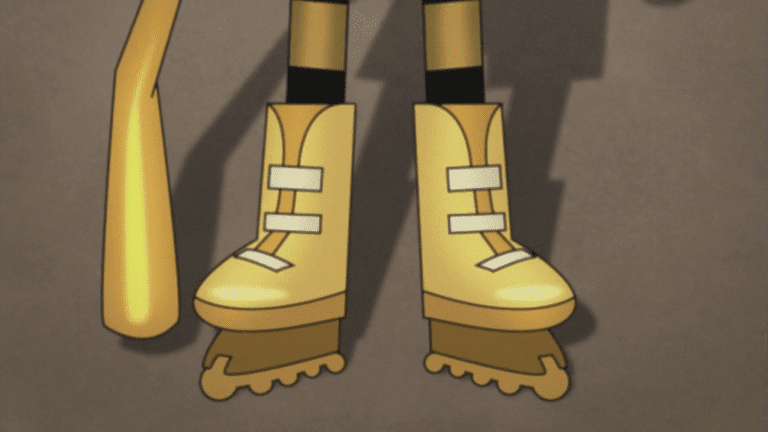
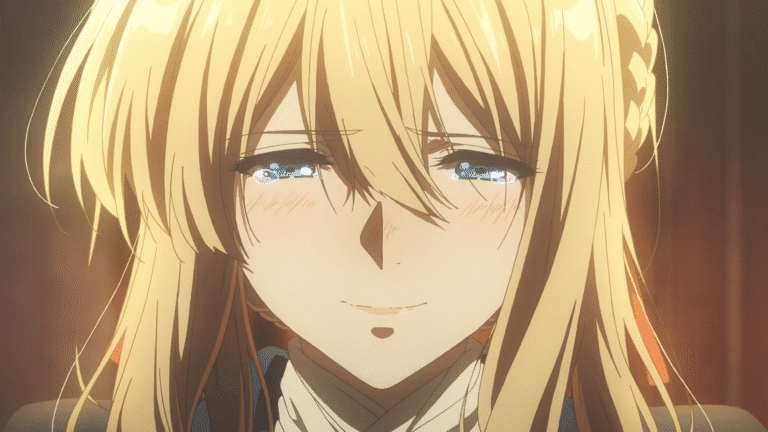

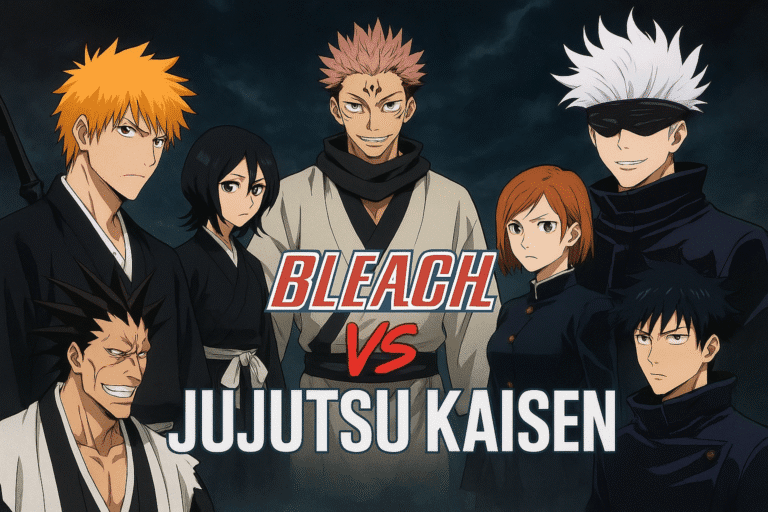

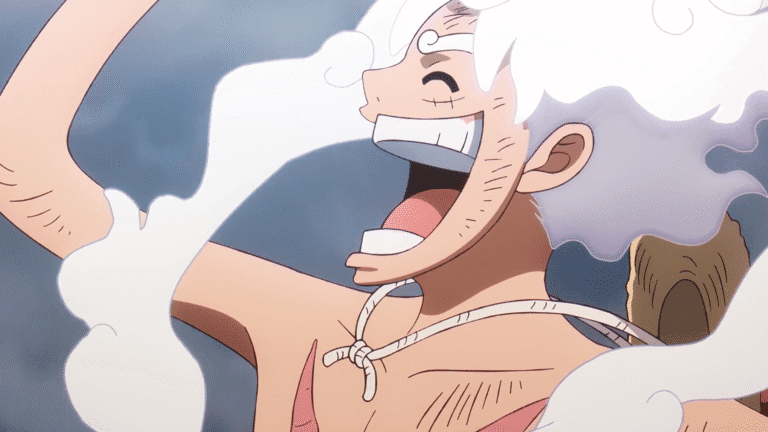
As anime continues to reach a wider global audience, it makes sense that viewers want to see more diverse identities reflected. The real challenge is making sure inclusivity feels authentic rather than forced, especially while respecting anime’s cultural roots.
I love the idea of seeing more neurodiverse characters in anime. Mental health representation is something that can be deeply meaningful, especially for fans who don’t often see their struggles reflected on screen. But I also wonder how anime creators can navigate the complexity of these topics without over-simplifying them.